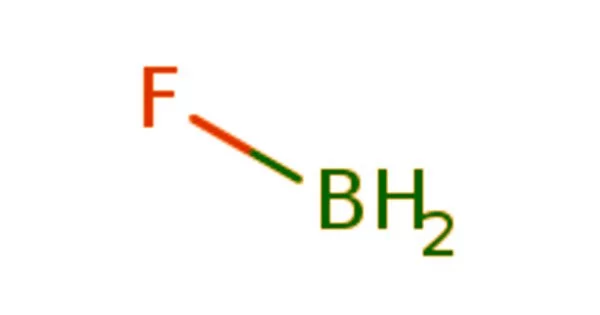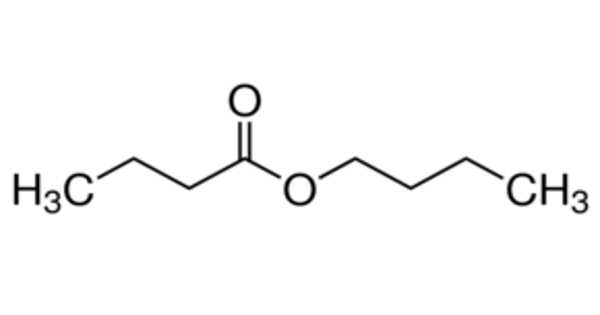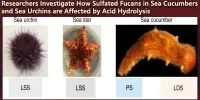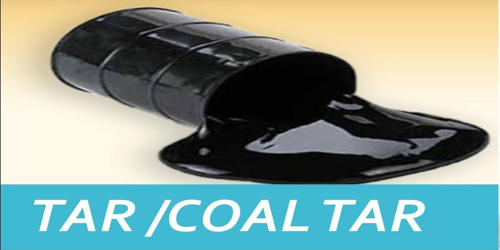Boron monofluoride is a chemical compound with the formula BF, consisting of one boron atom and one fluorine atom. It was discovered as an unstable gas and was only discovered in 2009 to be a stable ligand combining with transition metals in the same way that carbon monoxide does. It is a subhalide, with fewer fluorine atoms than boron trifluoride. It is also known as a borylene because it contains boron and two unshared electrons. BF is isoelectronic with carbon monoxide and dinitrogen; each molecule has 14 electrons.
Structure
The experimental B–F bond length is 1.26267 Å. Despite being isoelectronic to the triple-bonded species CO and N2, computational studies generally agree that the true bond order is much lower than 3. One reported computed bond order for the molecule is 1.4, compared with 2.6 for CO and 3.0 for N2.
BF is unique in that the dipole moment is inverted, with fluorine having a positive charge despite being the more electronegative element. This is explained by boron’s 2sp orbitals being reoriented and having a higher electron density. Backbonding, or the transfer of orbital electrons for the fluorine atom, is not required to explain the polarization.
Preparation
Boron monofluoride can be prepared by passing boron trifluoride gas at 2000 °C over a boron rod. It can be condensed at liquid nitrogen temperatures (−196 °C).
Properties
Boron monofluoride molecules have a dissociation energy of 7.8 eV or heat of formation −27.5±3 kcal/mole 760 kJ/mol. The first ionization potential is 11.115 eV. ωe is 1765 cm−1.
Reactions
BF can react with itself to form polymers of boron-fluorine with 10 to 14 boron atoms. B2F4 is formed when BF reacts with BF3. B3F5 is formed when BF and B2F4 combine. Above 50 °C, B3F5 decomposes to form B8F12. This material is yellow oil.
The 1,4-diboracyclohexadiene ring system is formed when BF reacts with acetylenes. When BF reacts with 2-butyne, it forms 1,4-difluoro-2,3,5,6-tetramethyl-1,4-diboracyclohexadiene. It also combines with acetylene to form 1,4-difluoro-1,4-diboracyclohexadiene. Propene reacts to form a mixture of cyclic and non-cyclic molecules, some of which contain BF or BF2.
BF hardly reacts with C2F4 or SiF4. BF does react with arsine, carbon monoxide, phosphorus trifluoride, phosphine, and phosphorus trichloride to make adducts like (BF2)3B•AsH3, (BF2)3B•CO, (BF2)3B•PF3, (BF)3B•PH3, and (BF2)3B•PCl3.
BF reacts with oxygen: BF + O2 → OBF + O; with chlorine: BF + Cl2 → ClBF + Cl; and with nitrogen dioxide BF + NO2 → OBF + NO.
















